Art is not a handicraft, it is the transmission of feeling the artist has experienced
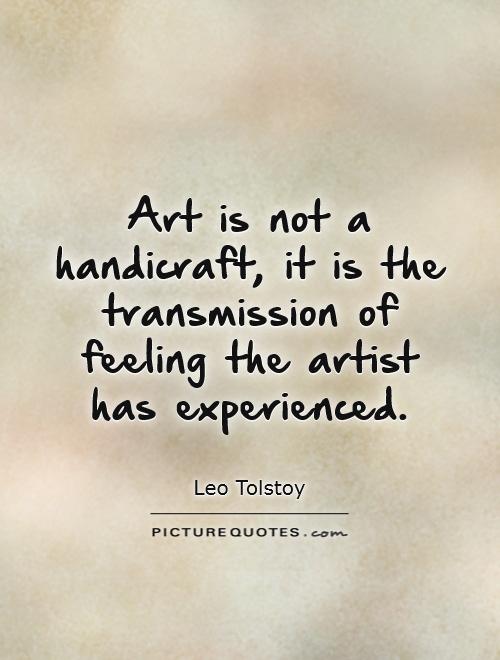
Art is not a handicraft, it is the transmission of feeling the artist has experienced
Leo Tolstoy, the renowned Russian writer and philosopher, once famously said, “Art is not a handicraft, it is the transmission of feeling the artist has experienced.” This profound statement encapsulates the essence of art as a medium through which artists express their innermost emotions and experiences. Tolstoy believed that true art is not merely a skill or technique, but a heartfelt communication of the artist's deepest feelings and insights.In Tolstoy's view, art is a powerful form of communication that transcends language and cultural barriers. Through their work, artists have the ability to evoke emotions, provoke thoughts, and inspire change in the hearts and minds of their audience. Whether it is a painting, a piece of music, a poem, or a novel, art has the capacity to move people in ways that words alone cannot.
Tolstoy's words also highlight the importance of authenticity and sincerity in art. He believed that true art comes from a place of genuine emotion and personal experience. Artists must be willing to delve deep into their own souls, confront their fears and desires, and channel their innermost thoughts and feelings into their work. This raw and unfiltered expression is what gives art its power to resonate with others on a profound level.
Furthermore, Tolstoy's statement challenges the notion of art as a purely decorative or commercial endeavor. Art is not simply a product to be bought and sold, but a form of self-expression and a means of connecting with others on a deeper level. By sharing their own experiences and emotions through their work, artists can create a sense of empathy and understanding that transcends differences and unites people in a shared human experience.
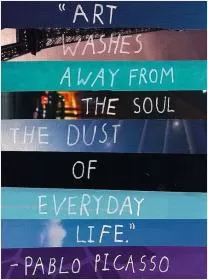

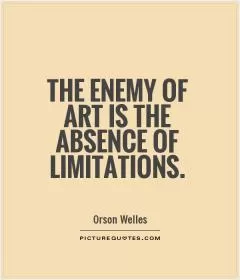
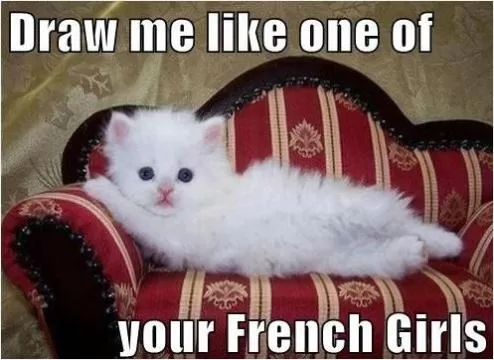
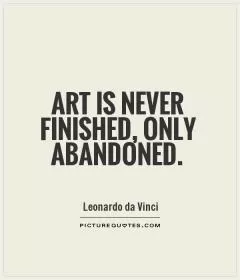
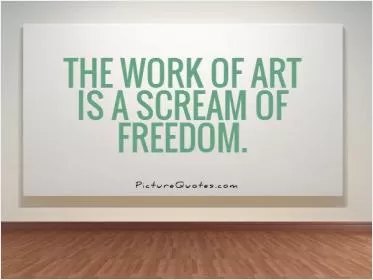


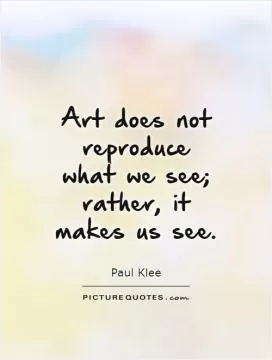

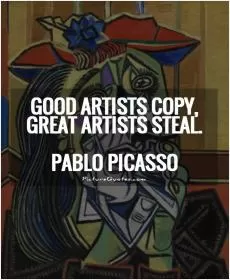
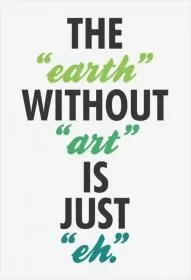
 Friendship Quotes
Friendship Quotes Love Quotes
Love Quotes Life Quotes
Life Quotes Funny Quotes
Funny Quotes Motivational Quotes
Motivational Quotes Inspirational Quotes
Inspirational Quotes